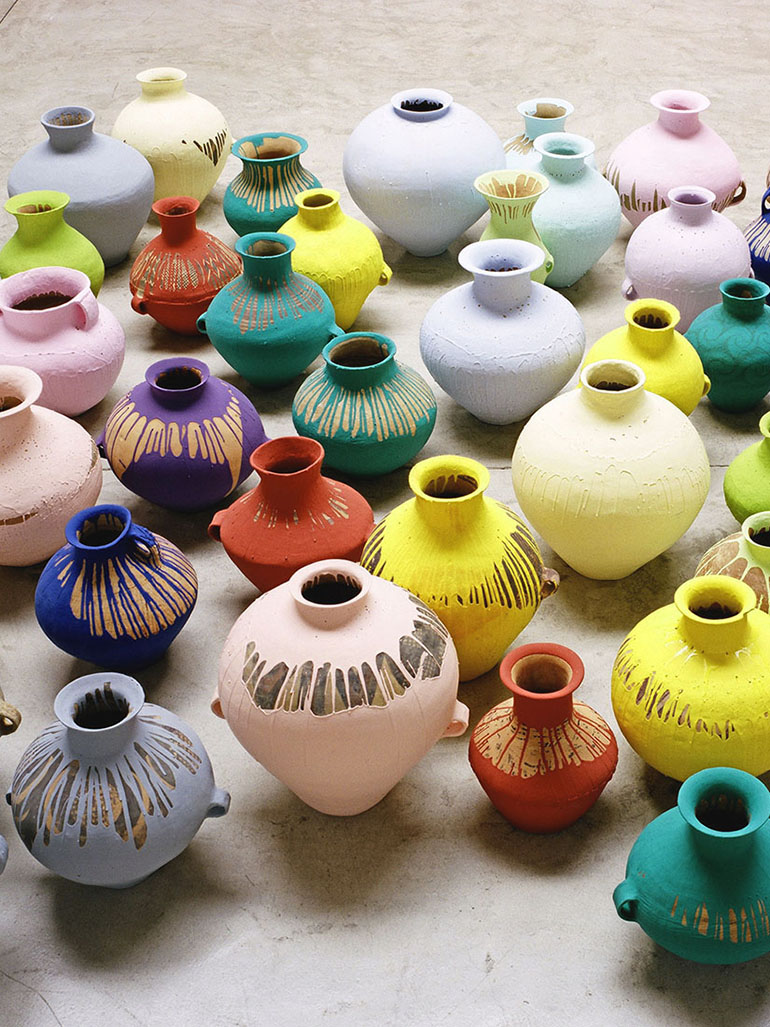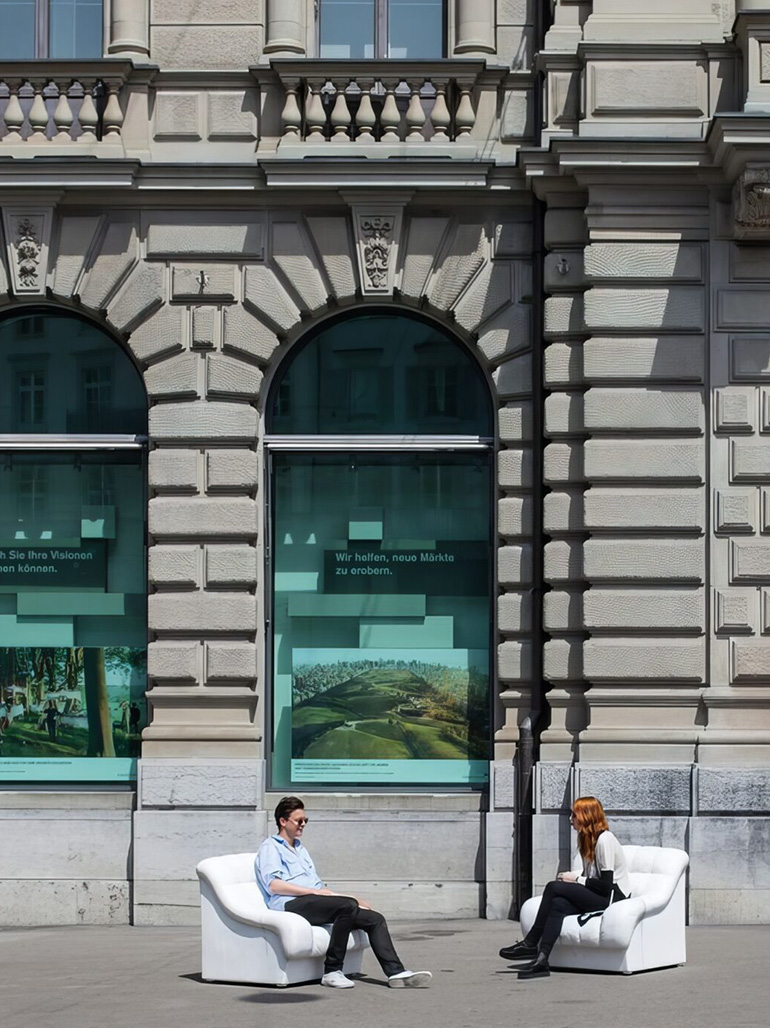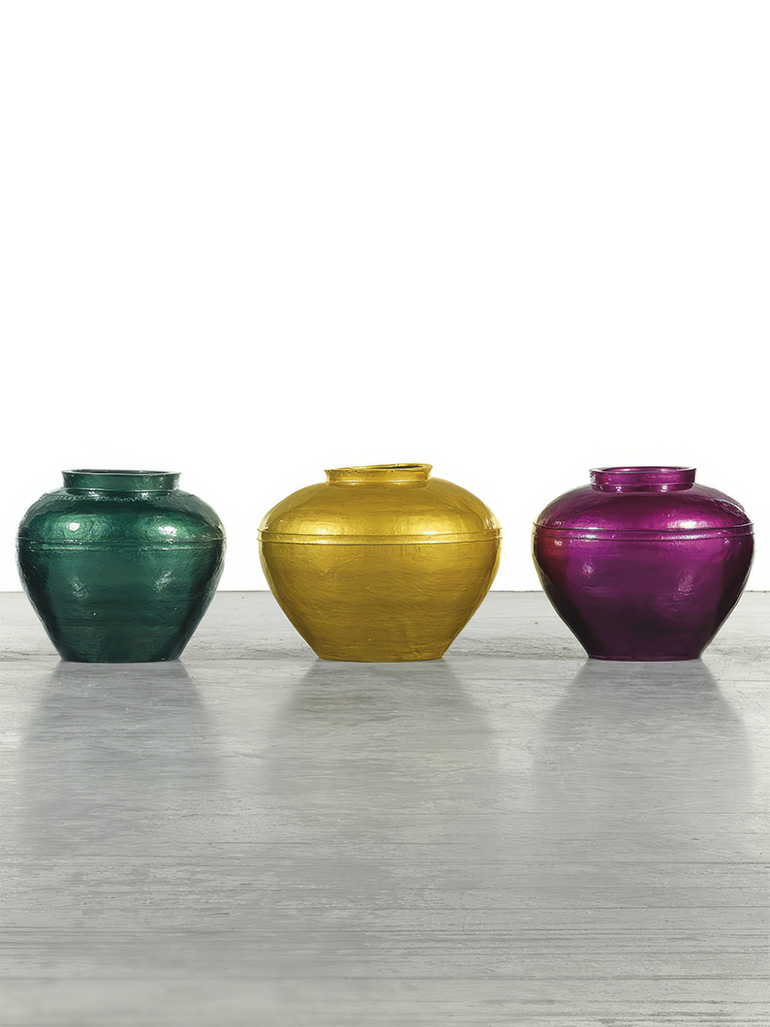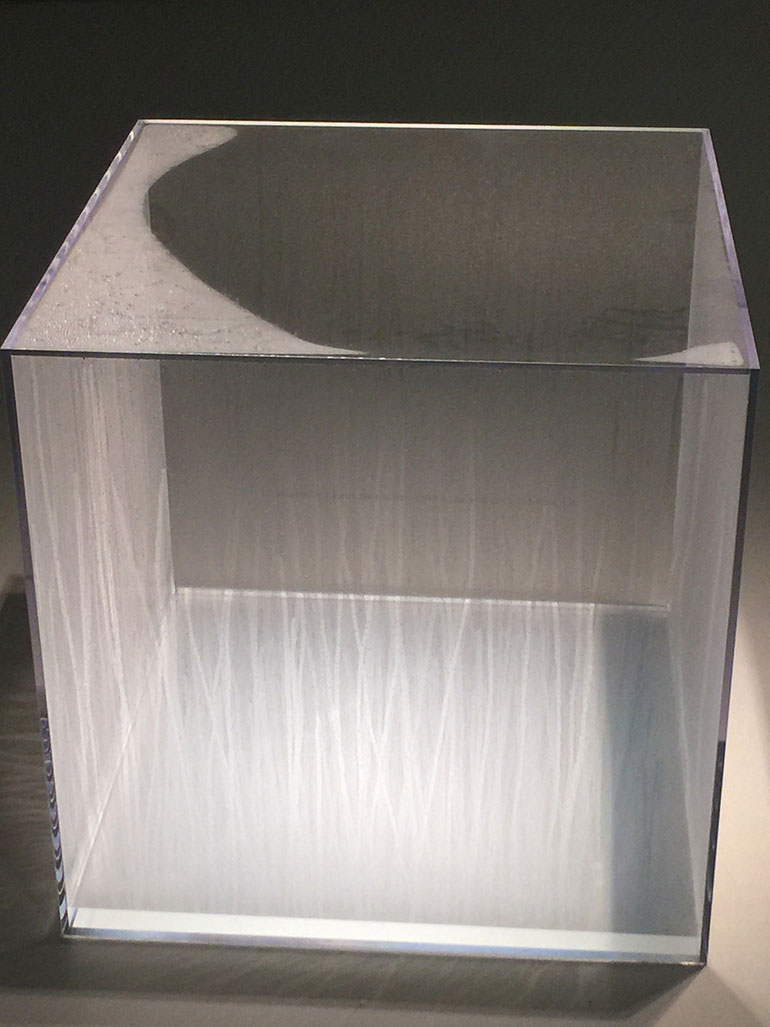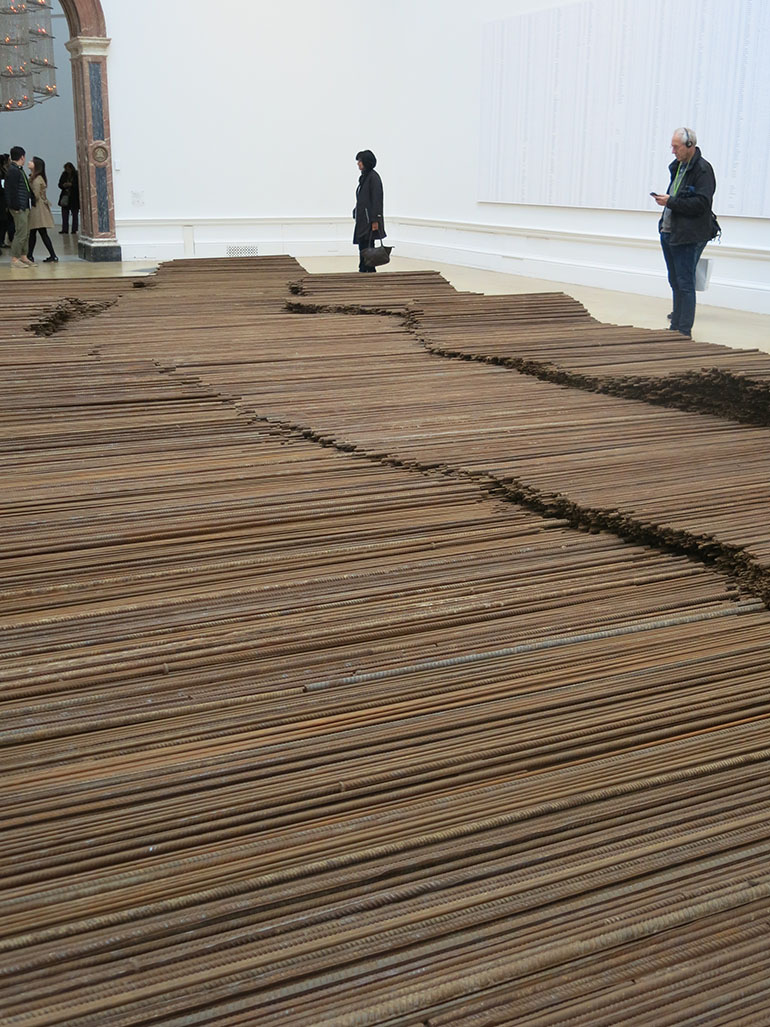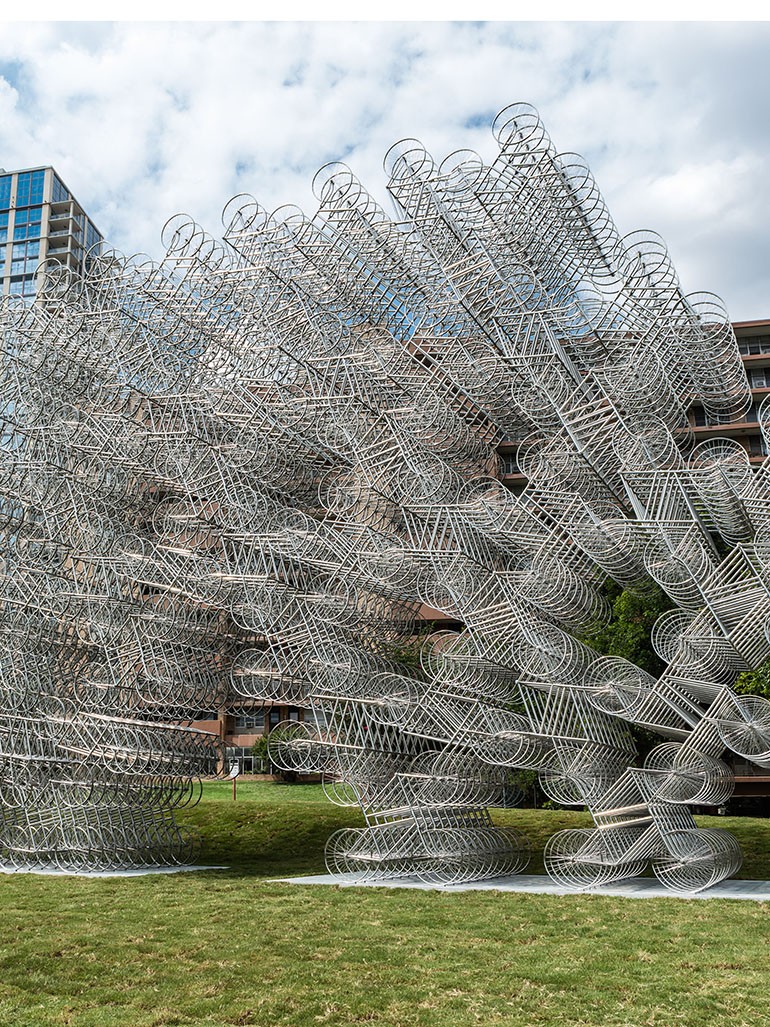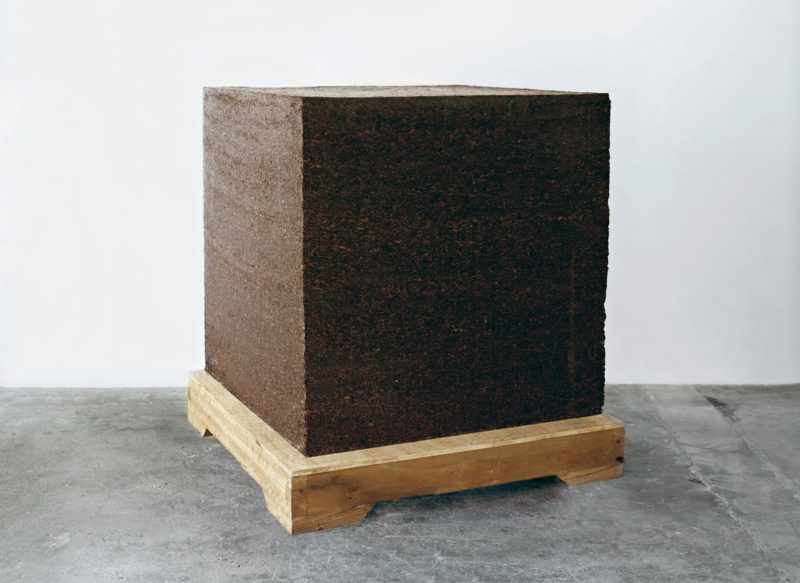
Introduction
Ai Weiwei 1 has never held back in terms of the amount of experimentation he’s willing to involve in his art. He has attracted much attention in China and the rest of the world for being a controversial 2 artist.
His work A Ton of Tea (2007) is easy to understand, as the name suggests, without losing its profoundness. It is rich in meaning despite all its simplicity.
Ordinarily, any contemporary artist would have a theme. That’s the same with Ai Weiwei’s A Ton of Tea’. However, the piece isn’t as abstract as much of the work we see from other artists. After all, A Ton of Tea is precisely what the name suggests. It’s the result of Weiwei compressing one ton of tea and fitting it all into a cubic meter. Despite all that simplicity, it also carries several meanings, as we will see below.
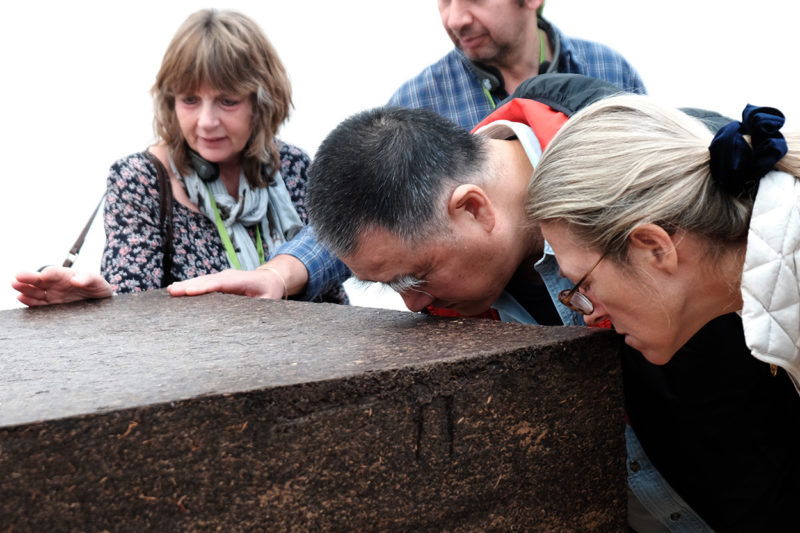
Analysis
Hints of minimalism
Hints of minimalism
A Ton of Tea hints at the minimalism that Ai Weiwei wishes to address through his work. Some of the artists that Weiwei admired, such as Robert Morris and Donald Judd, were pioneers of minimalism 3. You would expect Weiwei’s inspirations to be mostly from China. However, the fact that he admired westerners hints at the openness of his thinking.
The minimalism applied here is a deliberate attempt on the part of Weiwei. Here, he’s essentially saying that he doesn’t want to take the attention away from the compressed ton of tea. He wants all your focus to be on the subject. As an extreme form of abstract art, minimalism developed in the United States in the 1960s. It’s all based on simple, everyday geometrical shapes, ’ namely, squares and rectangles.
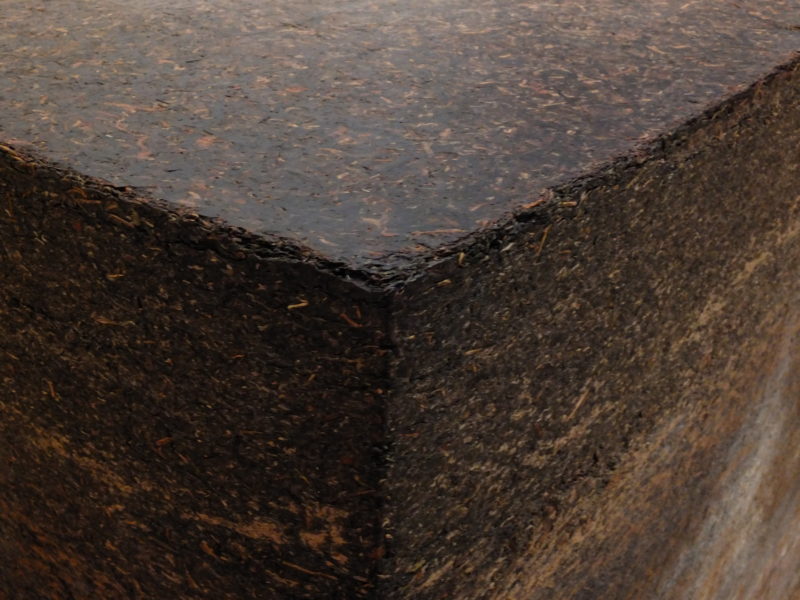
The importance of Pu’er tea
It is no surprise that the artist chose this specific type of tea; Pu’er is considered the most precious type of tea. Harvested from wild tea bushes that often date back hundreds of years, it is typically picked and processed by hand. Similar to wine, its quality increases with age, making the artwork much more valuable than it appears to be. Pu’er collectors have paid over $500 per gram.
Pu’er tea is the traditional tea drunk all over China for hundreds of years. Based on this, you would be justified in stating that Weiwei created the sort of work that highlights the culture of his people. China consumes roughly 1.6 billion pounds of tea each year and ranks quite highly in terms of countries that drink the most tea.
Globally, tea is the world’s top drink. Therefore, by creating A Ton of Tea, Weiwei is already using a theme that billions of people worldwide can already identify with easily. His subject is the sort that’s likely to intrigue a Chinese just as much as it does a European, Asian, or African. In A Ton of Tea, Weiwei has dried the tealeaves before compressing them into what we see through this piece of art.
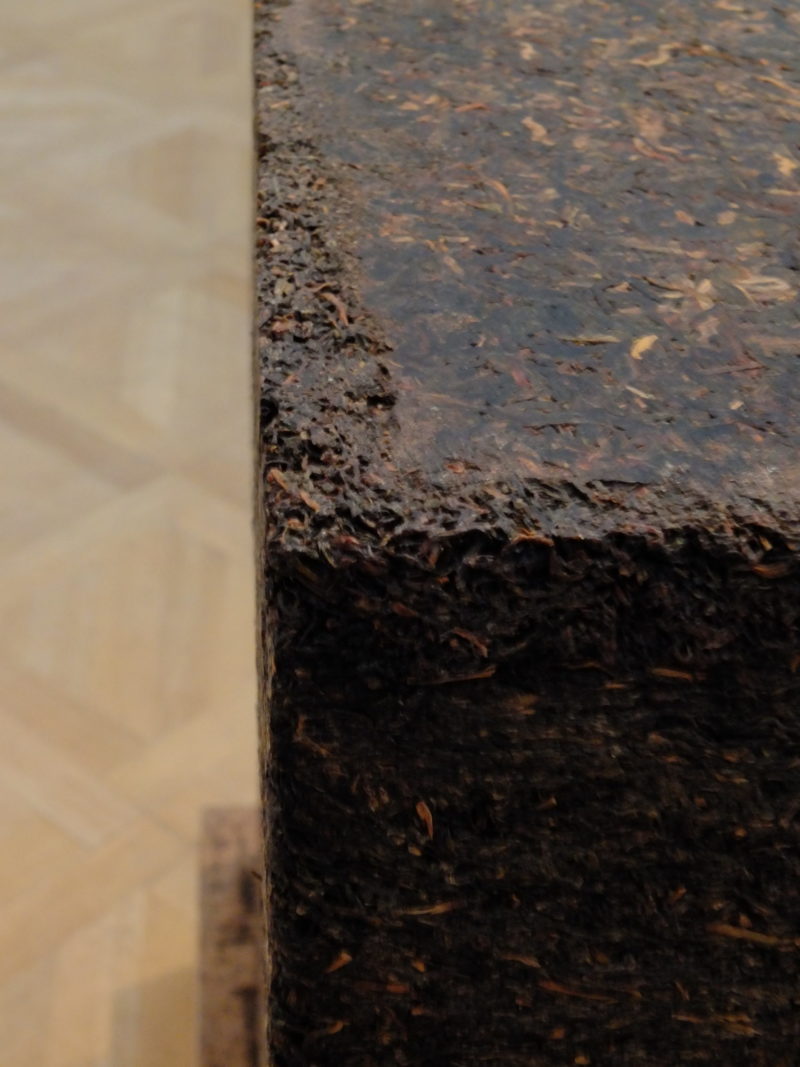
What does this artwork mean?
As in many of Ai Weiwei’s works, he refers to historical events and the culture of china. As outlined above, tea has played an enormous role in the global world of the past hundred years. Most famously, it caused the Boston Tea Party revolt of 1773, opposing the British Parliament’s tax on tea.
Pu’er tea especially is considered a highly-priced commodity, being the world’s most valuable tea, sometimes being traded for as much as $500 a gram. Tea in the context of this artwork and the exhibition in the UK can also be seen as a symbol of the complicated relationship of Britain’s Empire with China, which resulted in two Opium Wars. The history of Bristol’s Harbour goes back to the 13th century.
Teahouse, 2009
In 2009, Ai Weiwei created Teahouse, 2009, another artwork made with tea. The 1.80-meter tall and 1.20-meter wide tea house has a pitched roof and is made from 378 cubes and 54 prisms of pressed Pu’er, standing on a field of spread tea. Adding to the visual sensation of this massive, shiny brown house is the rich smell of the earthy tea, creating a multi-sensory experience.
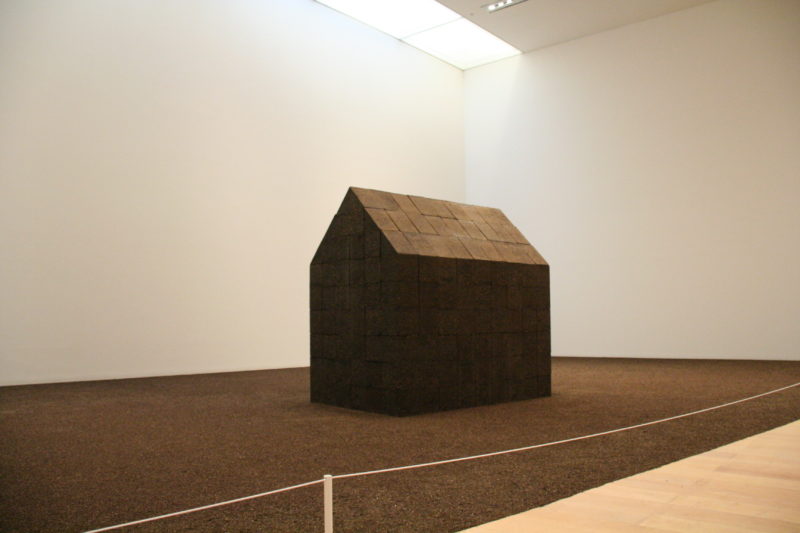
3,000 kilos of cubes and prisms of pressed tea were loosely stacked on top of each other to create the house. The windowless house resembles the simple yet aggressive architectural style of brutalism 4. Being highly abstract, this tea house stands in stark contrast to the visually refined Japanese tea houses, which symbolize rest, reflection and meditation.
Teahaouse, 2009, was shown at Ai Weiwei’s solo exhibition “According To What?” at the Mori Art Museum 5 in Tokyo 6 as well as The Asian Art Museum in Berlin 7 from February 2011 to January 2012.
More by Ai Weiwei
